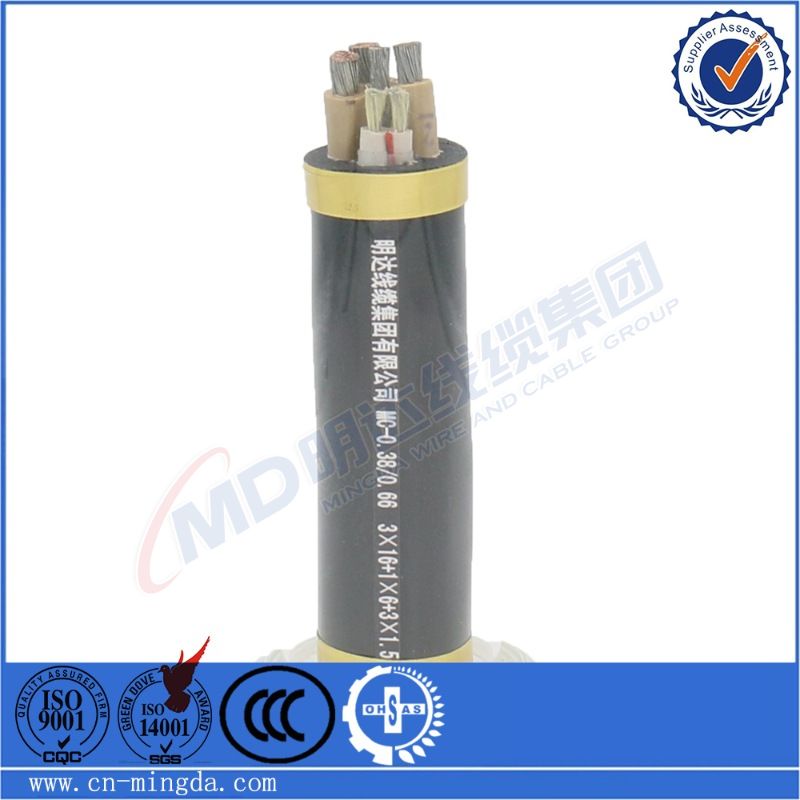دېكابىر . 11, 2024 10:34 Back to list
Understanding Globe Check Valves and Their Applications in Various Industries
Understanding Globe Check Valves Function and Applications
Globe check valves are critical components in various industrial systems, designed to control and regulate the flow of liquids and gases. Combining features of both globe valves and check valves, these devices ensure not only directional flow but also a reliable sealing mechanism to prevent backflow. This article explores the construction, working principle, advantages, and applications of globe check valves.
Construction and Working Principle
A globe check valve typically consists of a body, a disc, a seat, and a stem. The body is usually spherical in shape, hence the name “globe.” The disc is positioned within the valve body and can move up and down, controlled by the stem. When the inlet pressure exceeds a certain threshold, the disc lifts off the seat, allowing fluid to flow through. Conversely, if the pressure drops or flow tries to reverse, the disc automatically descends back onto the seat, thereby sealing the valve and preventing backflow.
The design of the globe check valve enables it to maintain a steady flow rate, and its unique internal structure helps reduce turbulence, enhancing the efficiency of the system. The size and materials used for globe check valves can vary widely depending on the specific application, ranging from bronze and stainless steel to polymer composites.
Benefits of Globe Check Valves
One significant advantage of globe check valves is their reliability in preventing backflow, which is critical in maintaining system integrity. Unlike standard check valves, which can sometimes allow reverse flow due to pressure fluctuations, globe check valves provide a more robust barrier. This prevention is vital in applications where backflow can lead to contamination or damage to equipment.
globe check valve

Moreover, globe check valves offer excellent control over flow regulation. Since they can be opened and closed gradually, operators can adjust the flow rate precisely. This feature is especially useful in processes where flow variability is necessary, such as in chemical manufacturing or water treatment facilities.
Applications
Globe check valves find applications across numerous industries. In the oil and gas sector, they are used in pipelines to prevent backflow that could trap pressure and cause dangerous conditions. In the water and wastewater sectors, these valves help manage the flow in treatment plants and distribution systems, ensuring that water flows in the desired direction without the risk of contamination.
Furthermore, globe check valves are essential in HVAC systems, where they regulate the flow of heated or cooled air, ensuring comfort in residential and commercial spaces. In pharmaceutical manufacturing, these valves maintain the integrity of fluid transfer systems, critical for ensuring product quality.
Conclusion
In summary, globe check valves play an indispensable role in various industrial applications by providing reliable backflow prevention and enhanced flow control. Their unique construction and operational versatility make them an essential choice for engineers and designers aiming to optimize system performance while ensuring safety and compliance with regulations. As industries continue to evolve, the importance of such components will only increase, underscoring the need for ongoing innovation and quality assurance in engineering practices.
Share